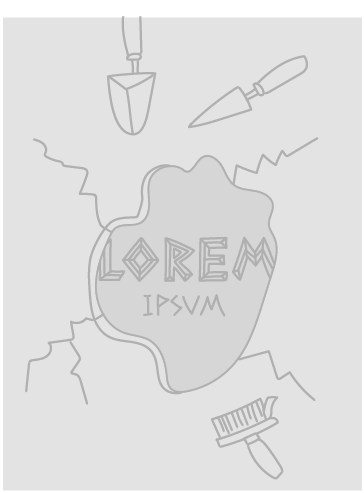Title of the work
Country of the First Edition
Country/countries of popularity
Original Language
Official Website
englandrugby.com (accessed: August 21, 2020).
Target Audience
Children (aged 6–18 and adults)
Cover

We are still trying to obtain permission for posting the original cover.
Author of the Entry:
Susan Deacy, University of Roehampton, s.deacy@roehampton.ac.uk
Peer-reviewer of the Entry:
Elżbieta Olechowska, University of Warsaw, elzbieta.olechowska@gmail.com
Daniel A. Nkemleke, University of Yaoundé 1, nkemlekedan@yahoo.com

The Rugby Football Union (Author)
The Rugby Football Union (founded 1871) is the governing body for rugby union in England in the UK at both elite and grassroots levels.
Source:
englandrugby.com (accessed: July 30, 2020).
Prepared by Susan Deacy, University of Roehampton, s.deacy@roehampton.ac.uk
Summary
This guide from the Rugby Football Union, the governing body for Rugby Union in England, provides information on children’s player progression at all levels from Under 7 to Under 18. Information on player safety is included along with an overview of the personal and social skills fostered by the sport. The guide, pitched both at players and adults involved as e.g. parents, coaches and first-aiders, mixes an emphasis on the benefits of playing rugby union with safety information. Key benefits for children –in the form of five Cs of competence, confidence, connection, character and creativity – are set out as captions on a five-pillared classical temple beneath a pediment which contains the caption “rugby union builds:”.
Analysis
The use of a classical temple to convey key goals of the rugby union exemplifies the sense of authority typically conveyed by the use of the architectural vocabulary of ancient Greece and Rome on banks, libraries, museums and so forth. But while the use of the temple typifies the seriousness that can be conveyed via classical architecture, the illustration also points to the enjoyment that children can gain from encounters with aspects of the classical world. Such a light-hearted side of classical reception for children is evident in the use of bold colour for each pillar and for the pediment rather than the more typical white or off-white of classically-inspired civic architecture. Also, the pediment and the pillars are presented as drawn with quick brush strokes rather than strict architectural-looking straight lines. The drawing of the temple, then, exemplifies the combination of seriousness and fun that characterises the guide.
Further Reading
Temple, Nicholas, Andrzej Piotrowski and Juan Manuel Heredia, eds.,The Routledge Handbook on the Reception of Classical Architecture, Abingdon: Routledge, 2019.
Addenda
Genre: Ephemeral informational work


